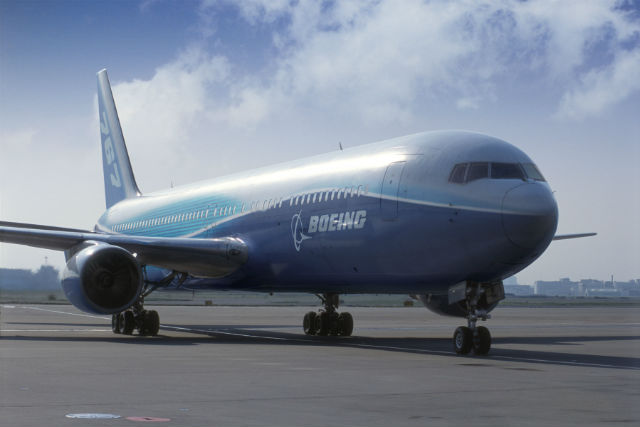Sometimes lost in the discussion over a decade of escalating production rates of commercial aircraft, are the many impressive technological leaps achieved over the same period.
Turbofan bypass ratios in the single-aisle sector had remained stuck below a 6:1 ceiling for three decades, but the introduction of the Airbus A320neo this year sees double-digit bypass ratios on both engine options.
Another key measure of a wing’s aerodynamic efficiency – aspect ratio – had been limited for years to single-digits but, with new advances in metallic and composite design, is rising into the low double digits with the arrival of the Boeing 787, Bombardier CSeries and Embraer EJet-E2.

Not easy to replace, all things considered
Boeing
The proliferation of fly-by-wire controls and the offloading of some system power loads from the engine to more efficient electrical generators, are also major innovations of the past decade.
As the industry ponders what comes next, the question now is in which markets does the expense required to develop and produce these technologies create enough value for customers to want to buy the aircraft in profit-generating volumes?
In general, the verdict is already in for the two new clean-sheet widebodies – the 787 and Airbus A350 – which have ample order backlogs that appear certain to only grow as time passes. The new technology also appears highly valued for many of the improved aircraft families entering the market, including the re-engined A320neo and Boeing 737 Max, as well as the re-engined and re-winged EJet-E2.
In all cases, the airframers applied new technologies in well-understood and reasonably long-established market sectors.
Boeing’s proposed middle of the market (MoM) segment, however, is a different question entirely. It is sometimes branded as a 757 – or even a 767 – replacement, but the operating parameters are more complex. In reality, Boeing has described a market for an aircraft with essentially the payload and range of a 767-200 but the economics of a 737-800.
Assuming the technology allows such an aircraft to be possible, Boeing must find a way to develop and produce the aircraft at a cost tolerable to shareholders and for a price affordable to airlines. Not least, the aircraft must also be so good that it can’t be easily undercut by a comparatively cheap response from Airbus, such as launching a new version of the A321neo with a more efficient wing. No easy task.
Source: Flight International






















